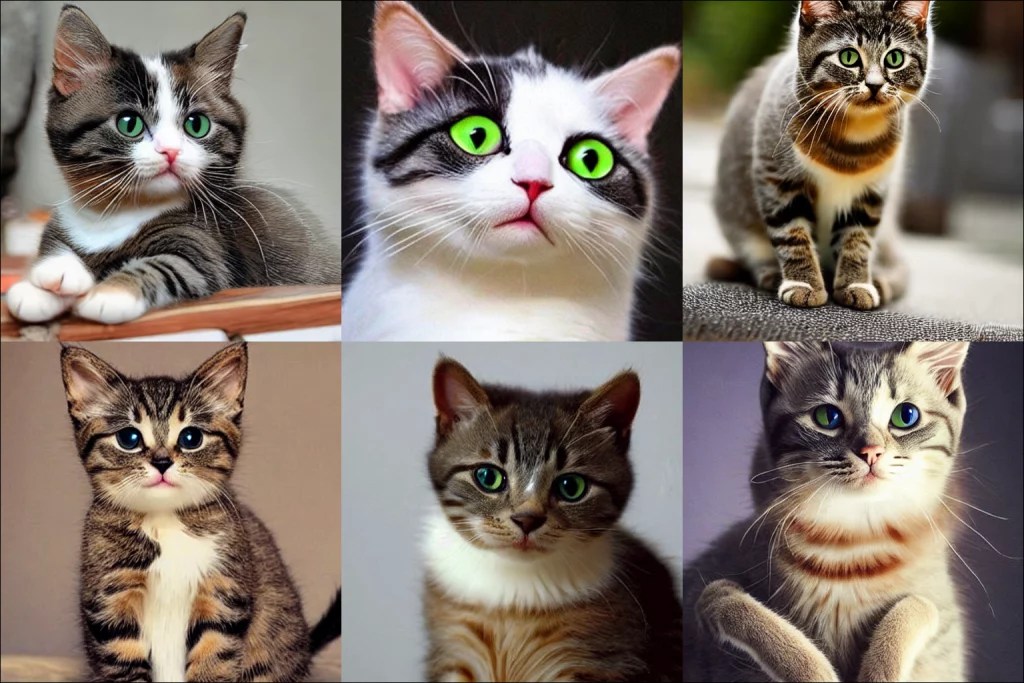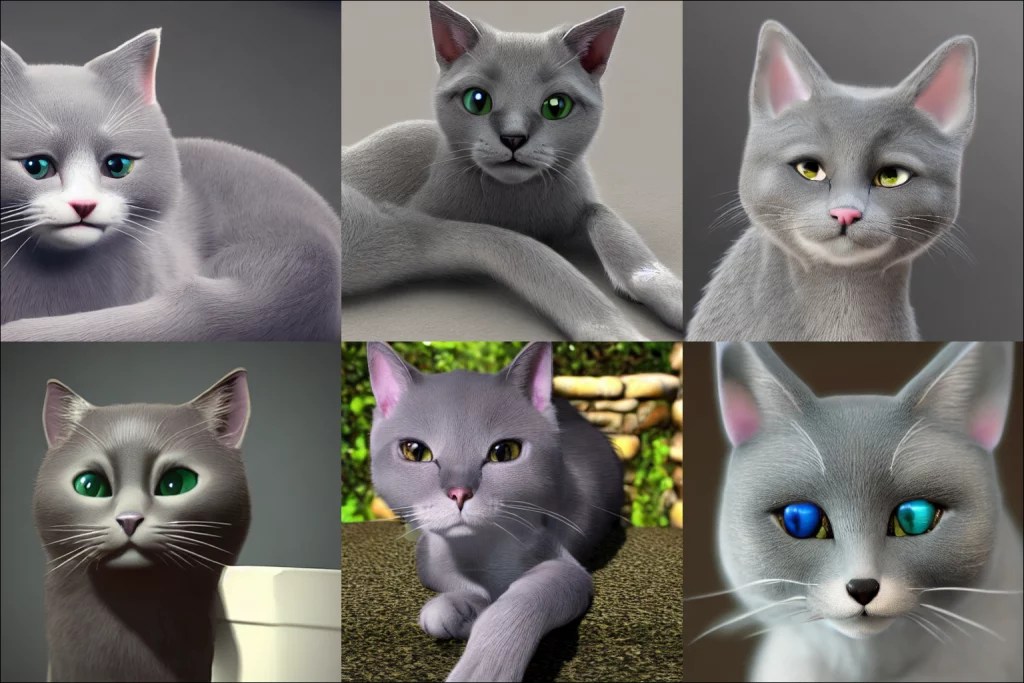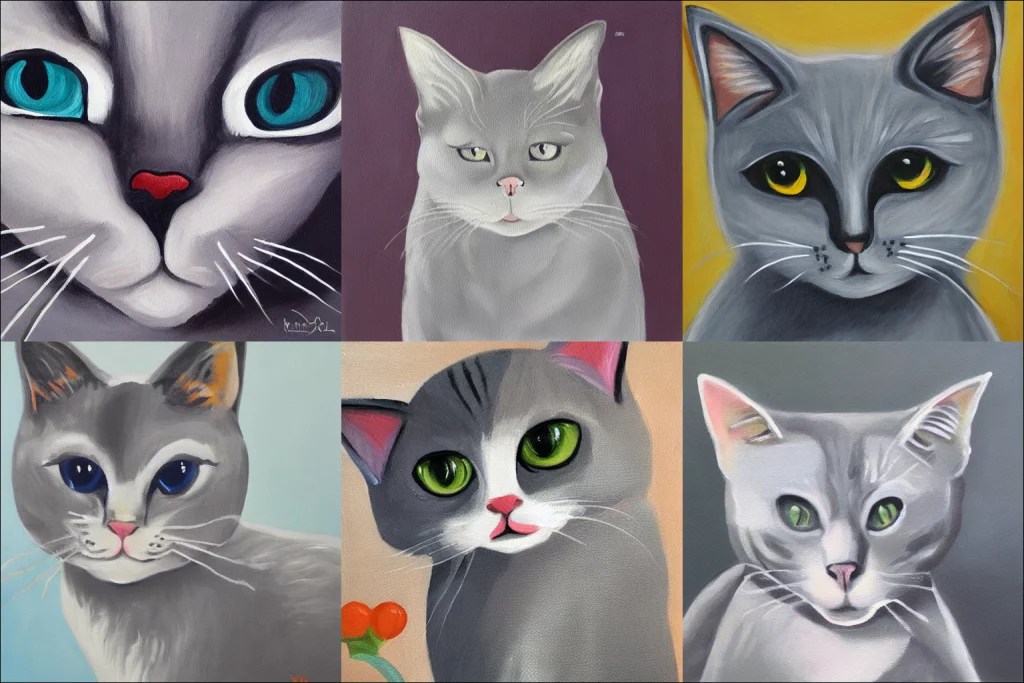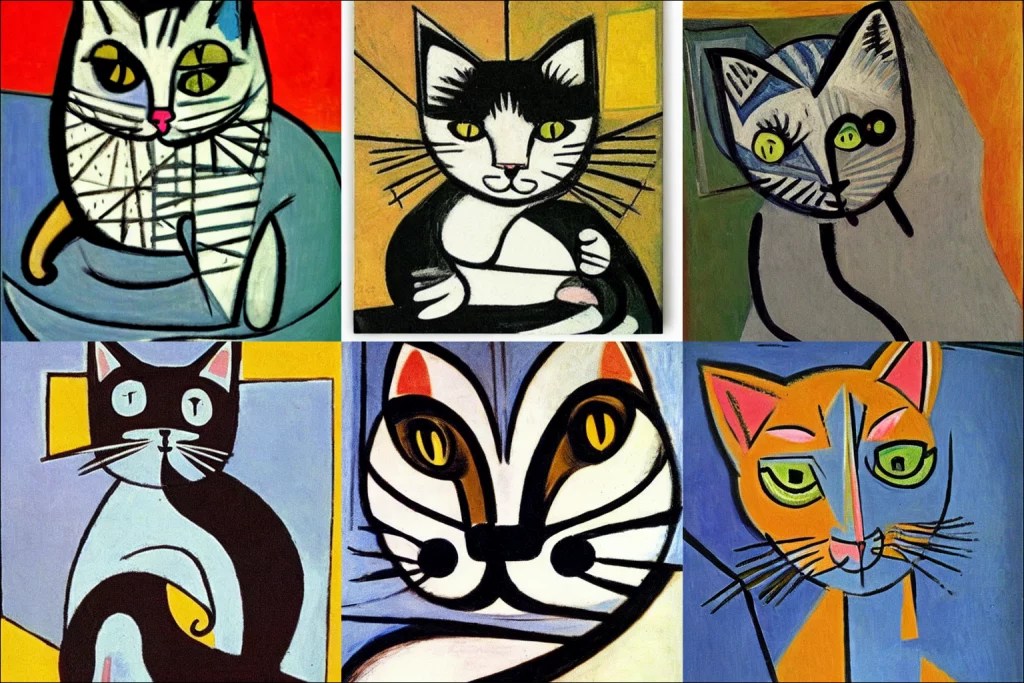Stanley Kubrick explains the endings of 2001 and The Shining
If you want to read some epic nut-ball theories that put the average tinfoil hat conspiracy theorist to shame, you don’t need to go much further than the average Stanley Kubrick movie analyst.
There’s a lot of modern movie critics out there that believe that movies can mean whatever you want them to mean – and boy do people make some tenuous connections. While relativist interpretations are the most popular logical fallacy in our post-truth world, I would argue that approach is nonsense – and now we have a little more proof from a director most often cited by critics as supporting their nutty interpretations.
Stanley Kubrick’s movies are often multilayered and difficult to comprehend, but it turns out he absolutely did have a message for each of these movies. He does, however, say that he is reluctant to reveal his interpretation: “I tried to avoid doing this ever since the picture came out because when you just say the ideas, they sound foolish, whereas if they’re dramatized, one feels it.” That part I very much get. The experience of something is far different than logically thinking about it.
So what were his intended meanings?
The meaning of the ending of 2001 – This one is NOT hard to interpret. Why? Because Arthur C Clarke wrote the book the movie was made from and very clearly lays out what is going on visually. Personally, I think a lot of the reason the movie 2001 was so confusing was due to effects limitations Kubrick struggled under. I bet we could re-do the gate transport sequence today and make it much more amazing and clear what’s going on. But anyway, here’s what Kubrick said about the ending of 2001:
“The idea was supposed to be that he is taken in by godlike entities — creatures of pure energy and intelligence with no shape or form, and they put him in what I suppose you could describe as a human zoo to study him. And his whole life passes from that point on in that room, and he has no sense of time, it just seems to happen as it does in the film.
“And they choose this room, which is a very inaccurate replica of French architecture, deliberately so inaccurate, because one was suggesting that they had some idea of something that he might think was pretty but weren’t quite sure, just as we aren’t quite sure what to do in zoos, with animals, to try to give them what we think is their natural environment. And anyway, when they get finished with them, as happens in so many myths, of all cultures in the world, he is transformed into some kind of super being sent back to Earth. You know, transformed and made into some sort of superman. And we have to only guess what happens when he goes back. It is a pattern of a great deal of mythology. And that was what we’re trying to suggest.”
The ending of the Shining:
“Well, it was supposed to suggest a kind of evil reincarnation cycle where he is part of the hotel’s history. Just as in the men’s room when he’s talking to the ghost of the former caretaker who says to him, ‘You are the caretaker. You’ve always been the caretaker. I should know. I’ve always been here.’ One is merely suggesting some kind of endless cycle of evil reincarnation, and also — well, that’s it. Again, it’s the sort of thing that I think is better left unexplained, but since you asked me, I’m trying to explain.”
But you don’t have to take my word for it, we have it recorded from Kubrick’s own lips:
Links:






